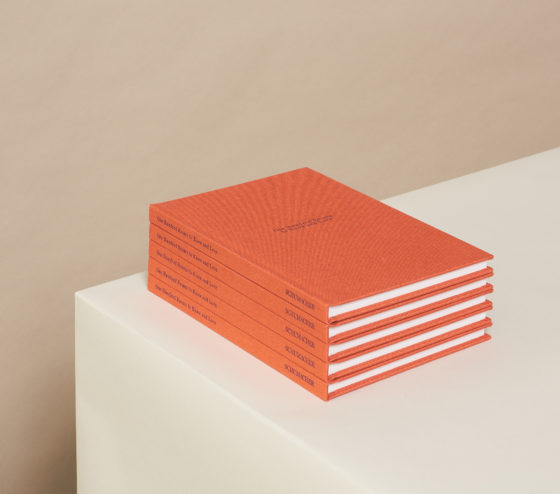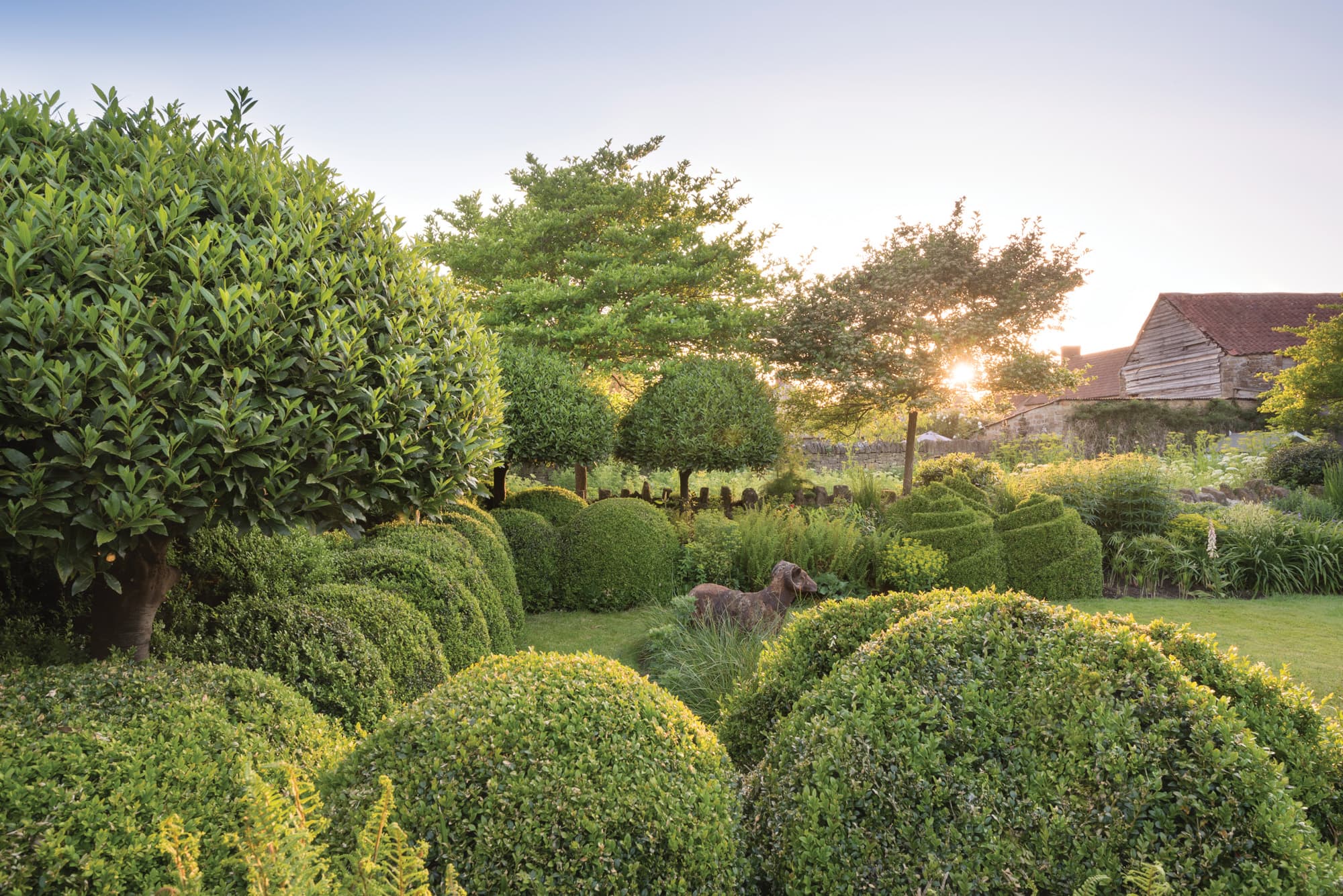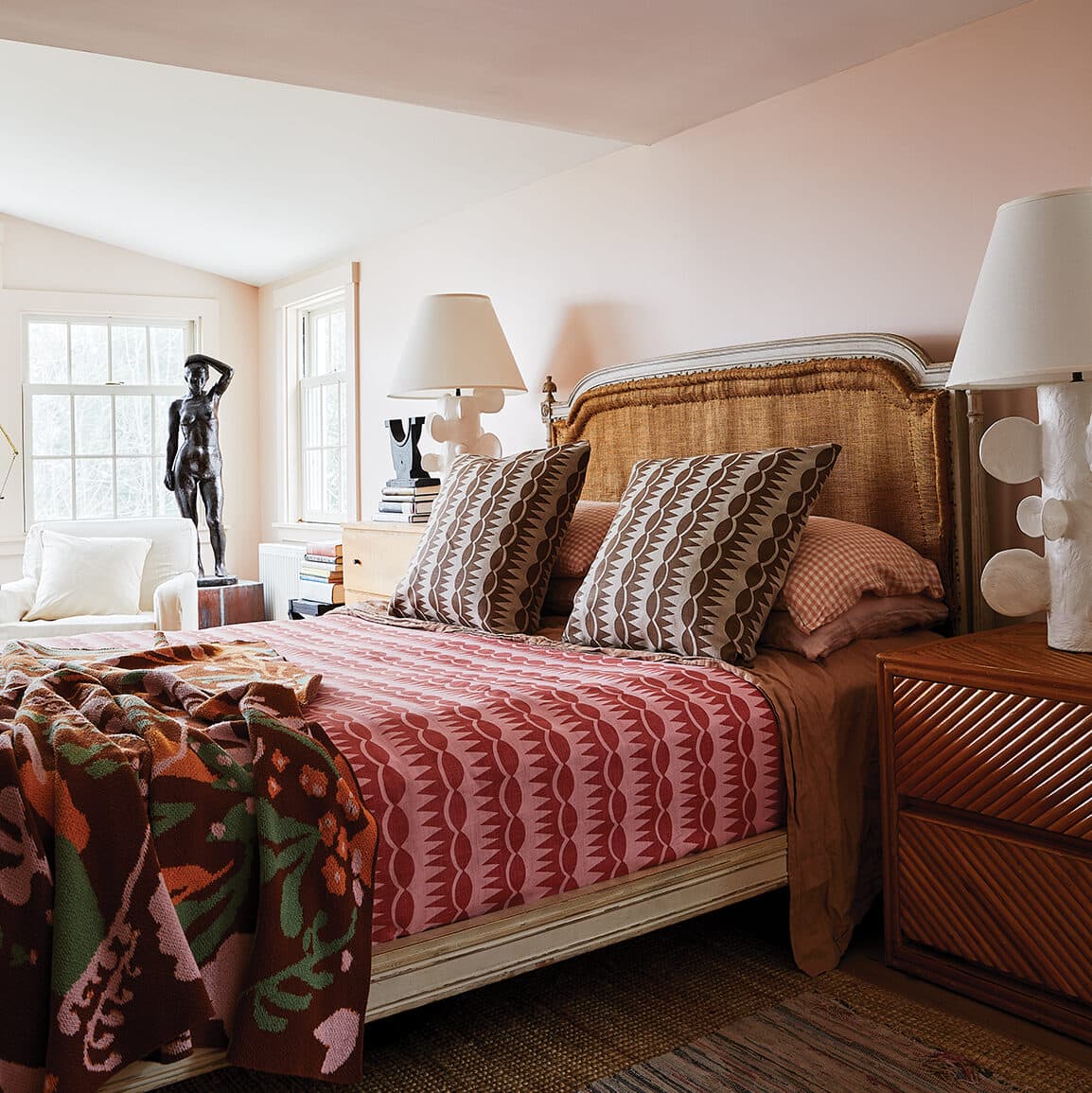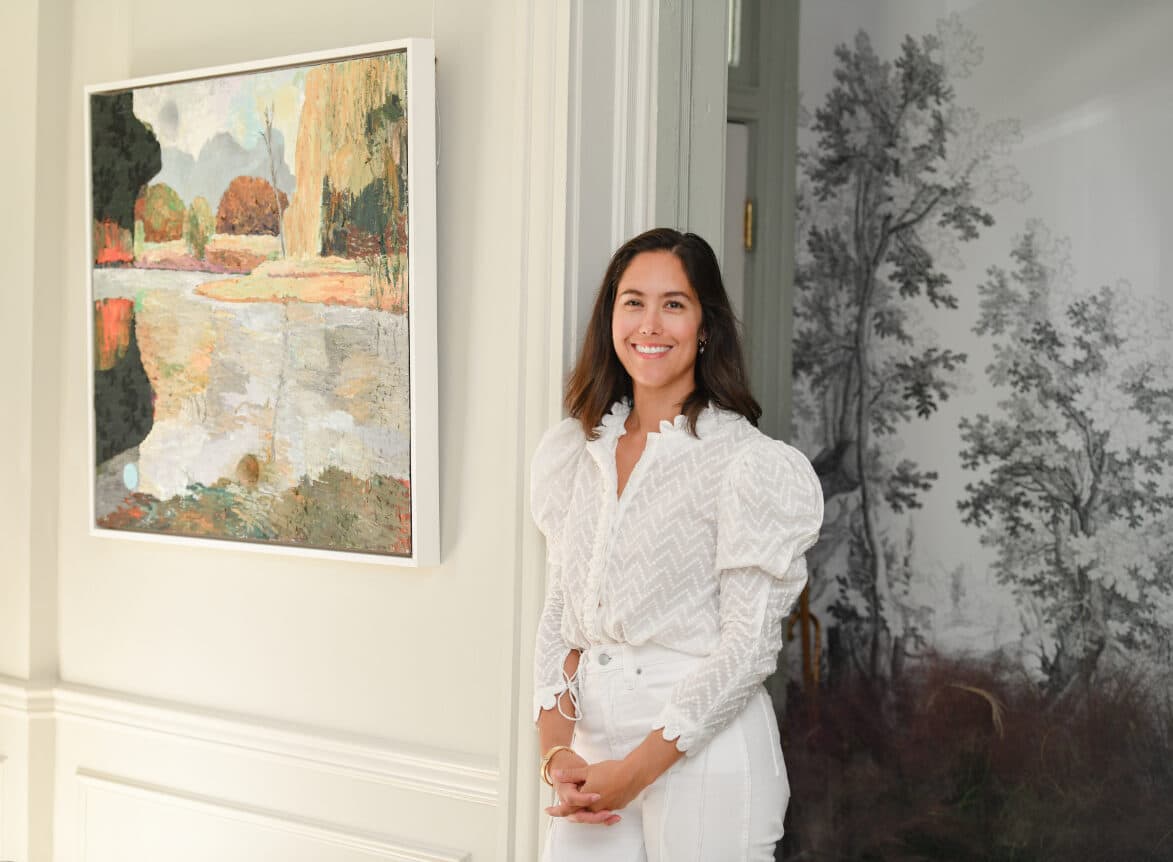
In the 18th and 19th centuries, a new field emerged. For artists focusing on botanicals, pioneering techniques allowed their work to cross over to science. Illustrators captured plants and bugs in exquisite detail, observing them in their habitats and discerning new information about their role in the environment. Their art helped aid the work of doctors, entomologists and more formal botanists.
In the case of the following three botanical illustrators, they were able to achieve a degree of professional notoriety that was remarkable for their gender at that time. The beauty and technicality of their work continues to resonate and can be seen in galleries, exhibitions and even in the names of several critter and plant species.

Maria Sibylla Merian (1647-1717), Germany and The Netherlands

An engraving of Maria Sibylla Merian by Jacobus Houbraken.
Best known for: Merian’s interest in art was fostered by her still life painter stepfather. And from her early work, she gravitated towards depicting plants and insects, paying attention to the latter in a way that few had done before by developing a fascination with their breeding and metamorphoses. She studied for years in the jungles of Suriname, creating work that introduced European audiences to new creatures. The publication of her book Metamorphosis Insectorum Surinamensium in 1705 marked the highpoint of her career.

Metamorphosis of a Butterfly, 1705; copper engraving
Signature style: Her work was imbued with a remarkable level of realism and drew fans like King George III, who purchased a copy of Metamorphosis Insectorum Surinamensium.
Legacy: Though Merian is today celebrated as a leading scientist whose accomplishments were never given their proper due, a multitude of species—among them a moth, butterfly, snail, lizard and lily—have been named in her honor.
Elizabeth Blackwell (1700-1758), Scotland and England

Elizabeth Blackwell
Best Known for: After her doctor husband was imprisoned for debt, Blackwell, who had artist training, was desperate to raise the funds to secure his release. She came up with the idea of a medical reference book with illustrated depictions of various herbs and plants. Blackwell was responsible for all the imagery, sketching plants found in nearby the nearby Chelsea Physic Garden, while her husband wrote the text from prison. The resulting work, A Curious Herbal, was the first medical book to be illustrated.

Perfica Malus (The Peach Tree), an illustration from “A Curious Herbal.”
Signature style: Blackwell drew, engraved and hand-colored her images, at a time when it was unusual for one artist to fill all those roles. The incredibly detailed and accurate nature of the illustrations in A Curious Herbal made it enormously popular with physicians.
Legacy: A genus of plants was christened Blackwellia in her honor.
Marianne North (1830-1890), England

Marianne North in the midst of painting.
Best known for: After her singing career failed to materialize, North turned to floral painting. And when her father died, she used an inheritance to fund a years-long voyage around the world, spending months at a time painting both the critters and flora of the jungles and forests of South Africa, India and Japan. She became famed for her far-flung travels, which were documented by the British press.

A painting from 1882 by Marianne North featuring Agapanthus, Blue Lilies, and a Swallowtail Butterfly.
Signature style: North’s decision to capture flowers where they actually grew, rather than depicting them divorced from their natural environment, was considered groundbreaking. Her incredibly detailed work provided a photo-like recording of species that many would otherwise never be able to study.
Legacy: London’s Kew Royal Botanic Gardens devoted a full gallery to her work, which now holds 833 paintings and remains Britain’s sole permanent solo showing of a female artist.
RELATED:
Have you seen Schumacher’s new Classics collection?
Roca Redonda fabric
Cabot Botanical Large fabric
Del Tesoro fabric
Baudin Butterfly Chintz fabric
Bedolina Chintz fabric
Floreana fabric
They’re archival treasures that celebrate the natural world, reimagined for today’s tastes.
SHOP ALL SCHUMACHER CLASSICS >

A fabulous cape of chrysanthemums appeared in a 2016 show by Dutch fashion designer Edwin Oudshoorn, in collaboration with avant-garde Amsterdam-based florists The Wunderkammer. Melody Lieftink
Do You Know Your Floral History?

Is Your Bulletin Subscription Up to Date?
If not, subscribe today!
The next issue is coming soon.

























